Welcome to On Verticality. This blog explores the innate human need to escape the surface of the earth, and our struggles to do so throughout history. If you’re new here, a good place to start is the Theory of Verticality section or the Introduction to Verticality. If you want to receive updates on what’s new with the blog, you can use the Subscribe page to sign up. Thanks for visiting!
Click to filter posts by the three main subjects for the blog : Architecture, Flight and Mountains.
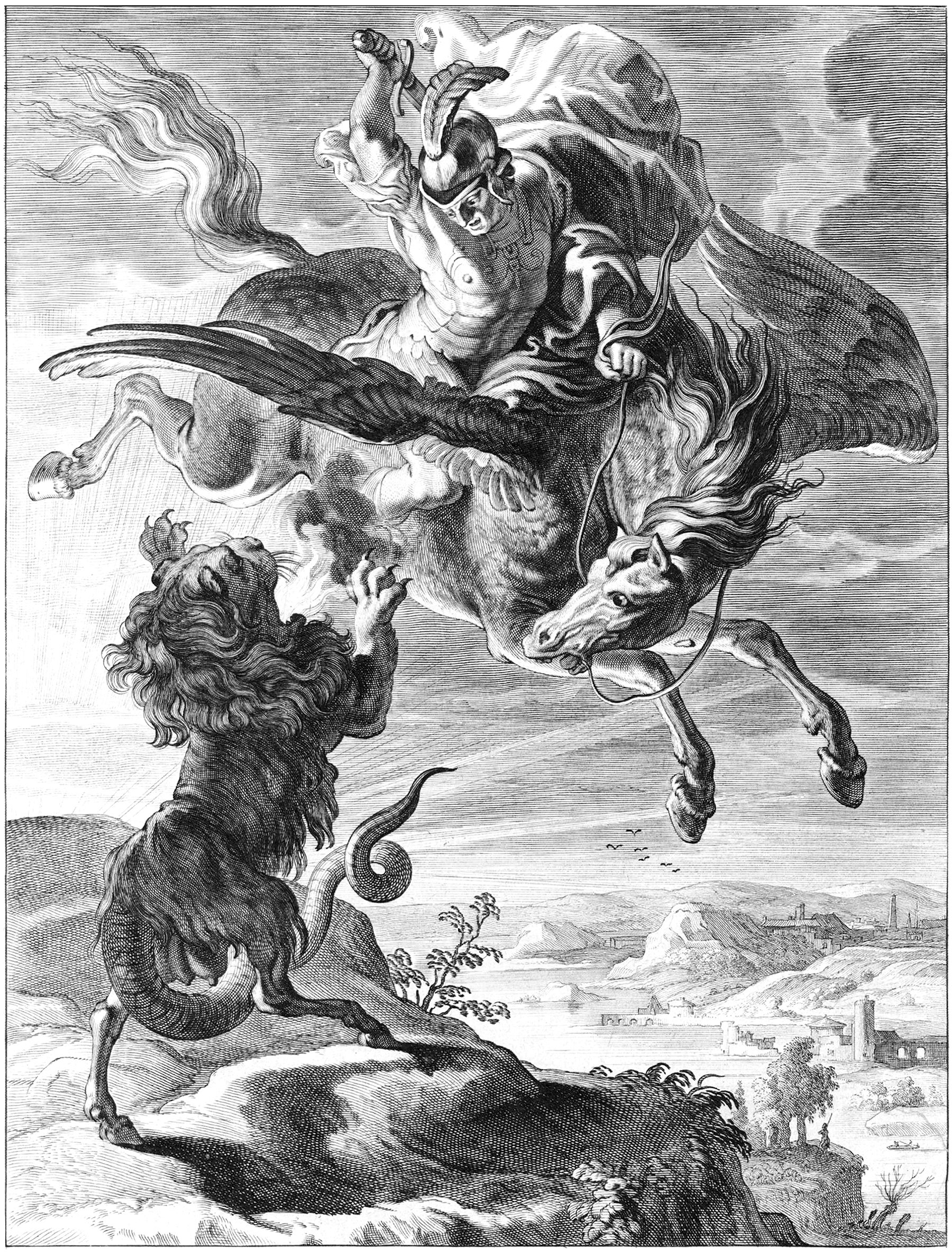
The Myth of Pegasus and Bellerophon
Pictured above is a scene from ancient Greek mythology, showing the hero Bellerophon fighting the monstrous Chimera, with help from his winged-horse Pegasus. It serves as a dramatic climax in the story of the hero and his winged companion, and it’s one of many examples showing the power of verticality within ancient Greek mythology.
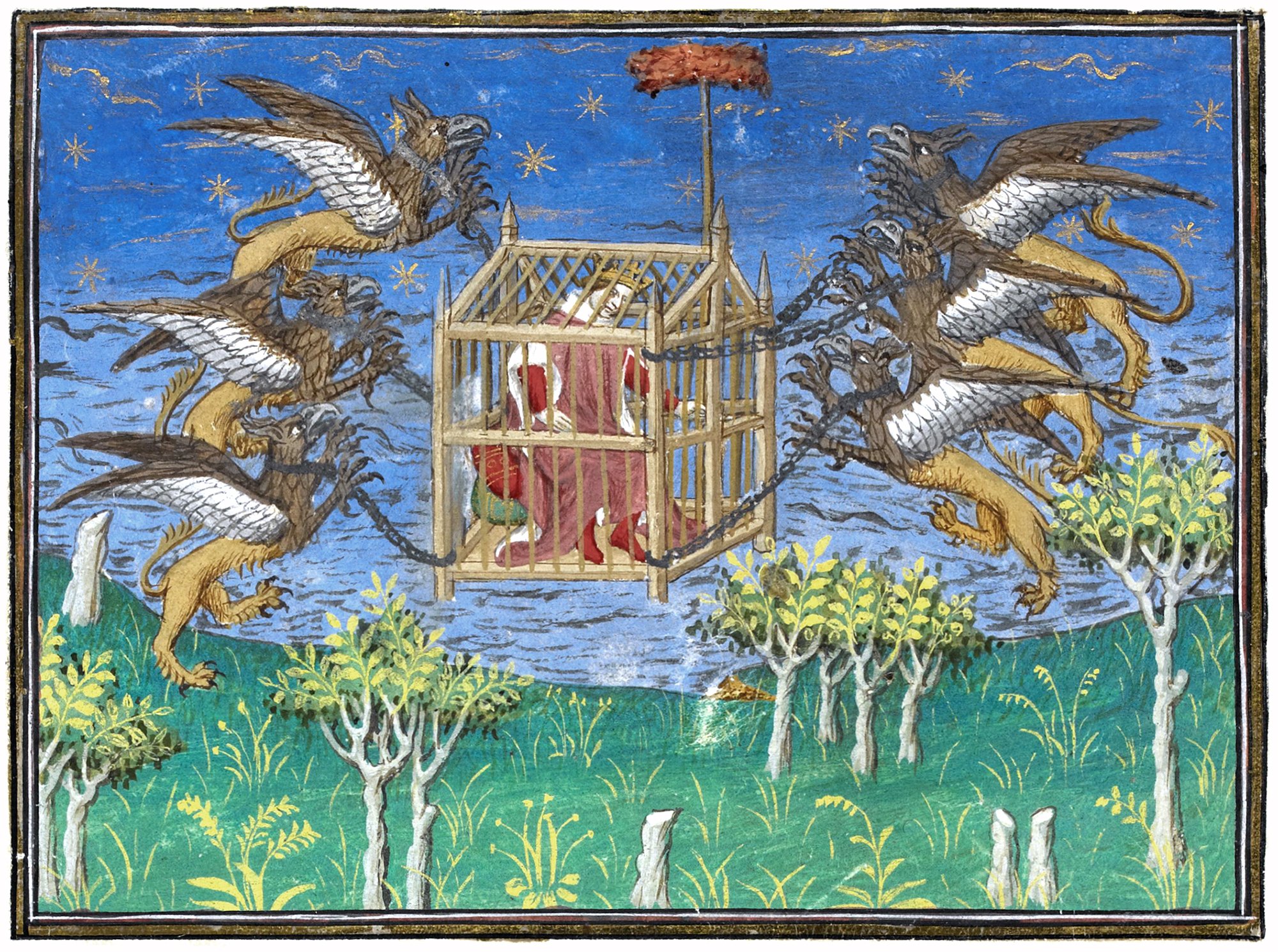
Alexander the Great’s Flying Machine
The oldest myths and legends about human flight usually involve birds and other winged creatures that were already known to fly. These creatures were ready-made-packages of sorts. Harnessing their ability to fly by means of control provided the easiest and quickest path to human flight. Pictured above is one such example of this. It’s a mythical flying machine built by Alexander the Great.

Athanasius Kircher’s Turris Babel
The concept of the Tower of Babel is a timeless one, and throughout history it’s attracted the attention and imagination of myriad individuals. One such individual was Athanasius Kircher, a German scholar and polymath who lived from 1602-1680. His 1679 work Turris Babel explores the concept of building a tower that would reach Heaven, and it was accompanied by a few etchings of such a building.
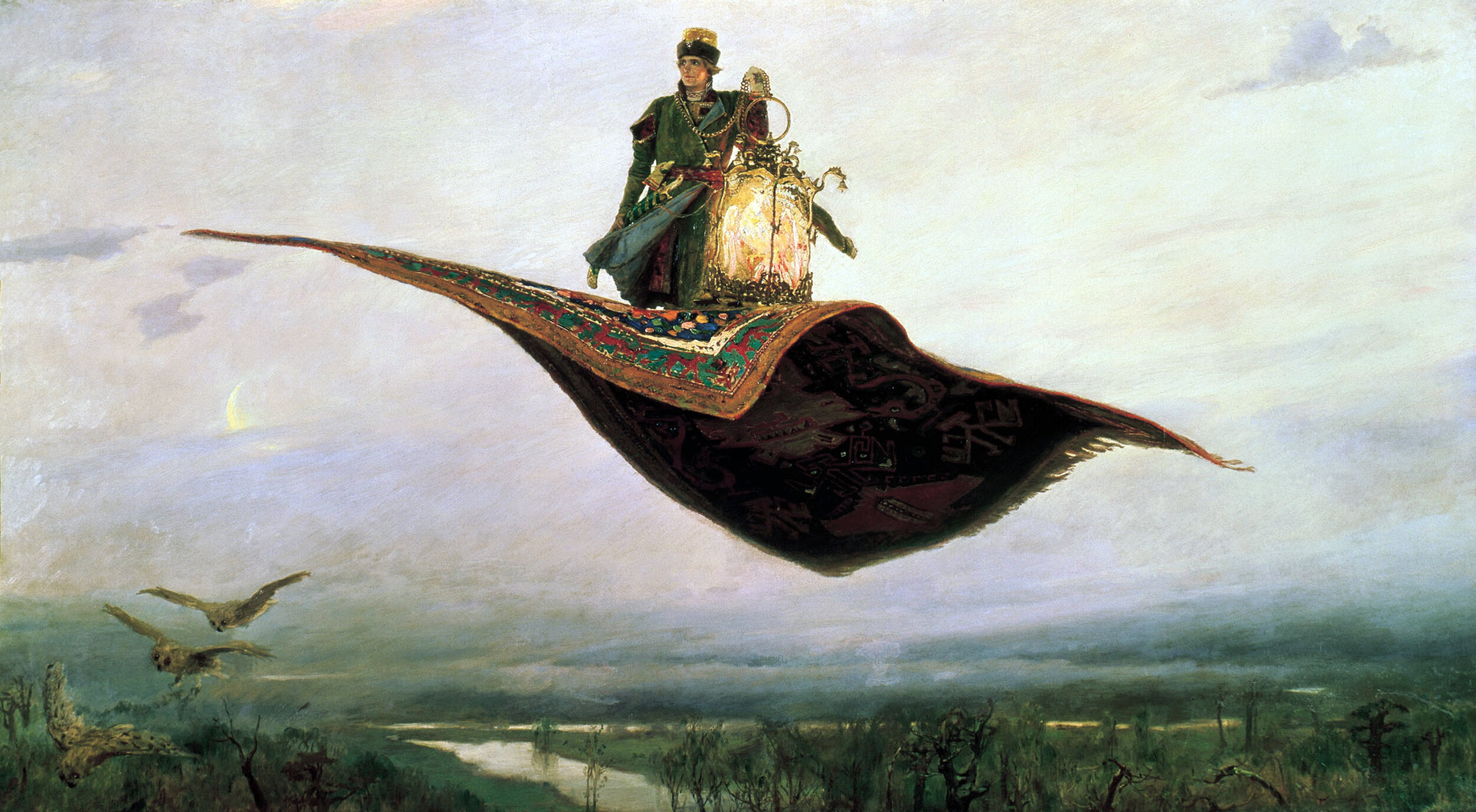
Flying Carpets and the Power of Flight
Flying carpets are the things of folk tales and fantasy. They are magical objects with the power of flight, and anyone who owns one has considerable power over those who don’t. They can quickly transport their owners across the land at great speeds, and they allow their owners to achieve verticality. Here’s a look at the folk tales that established the myth of the flying carpet.
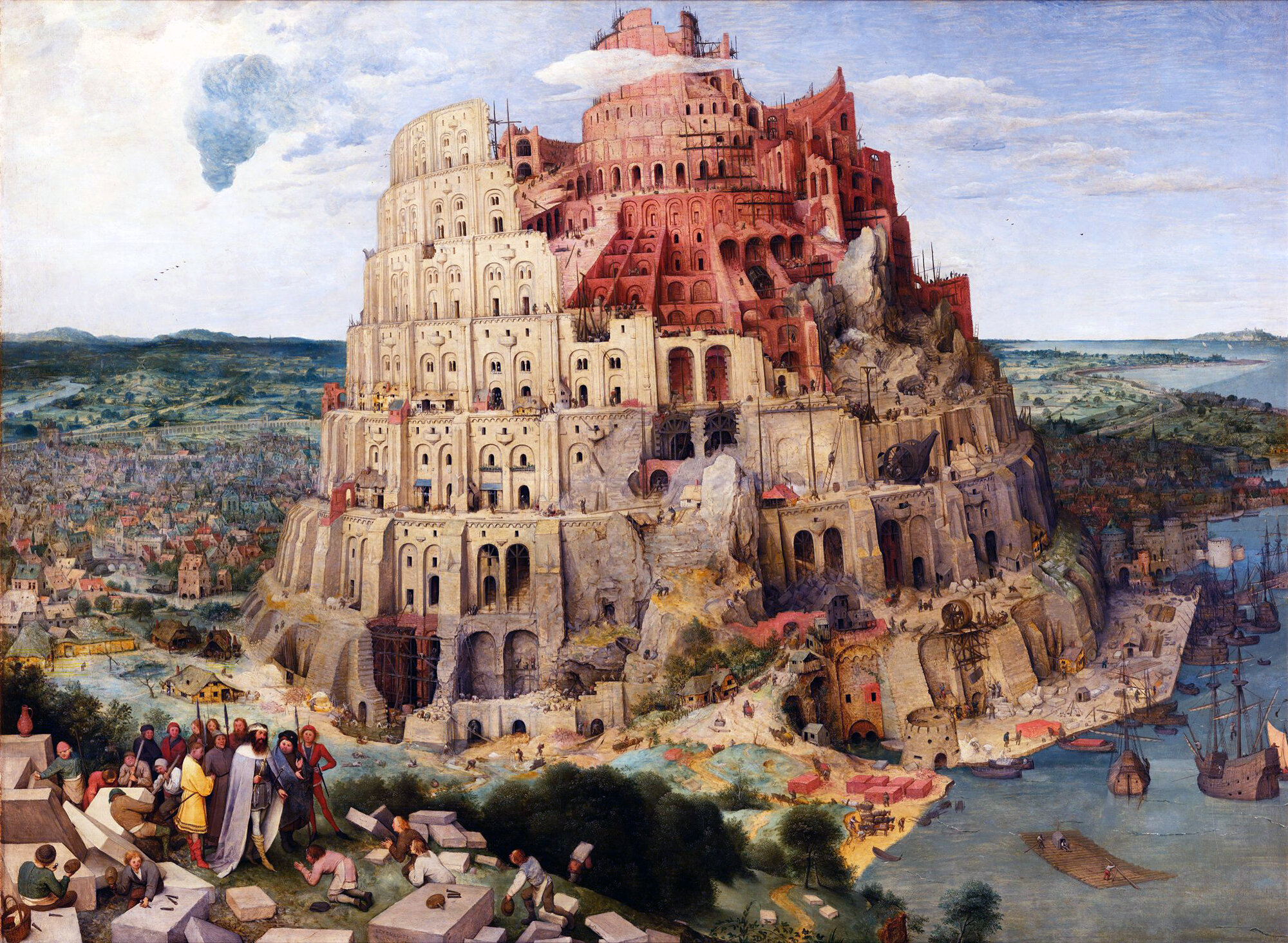
The Tower of Babel : A Parable of Verticality
The Tower of Babel is arguably the most storied myth about the human need for Verticality that has survived from antiquity. It’s a legendary tale of a clash between Ego and God, and it acts as a starting point for any worthwhile history of human towers or skyscrapers. Let’s take a look at why it’s been so influential, and why it encapsulates our struggles with Verticality.
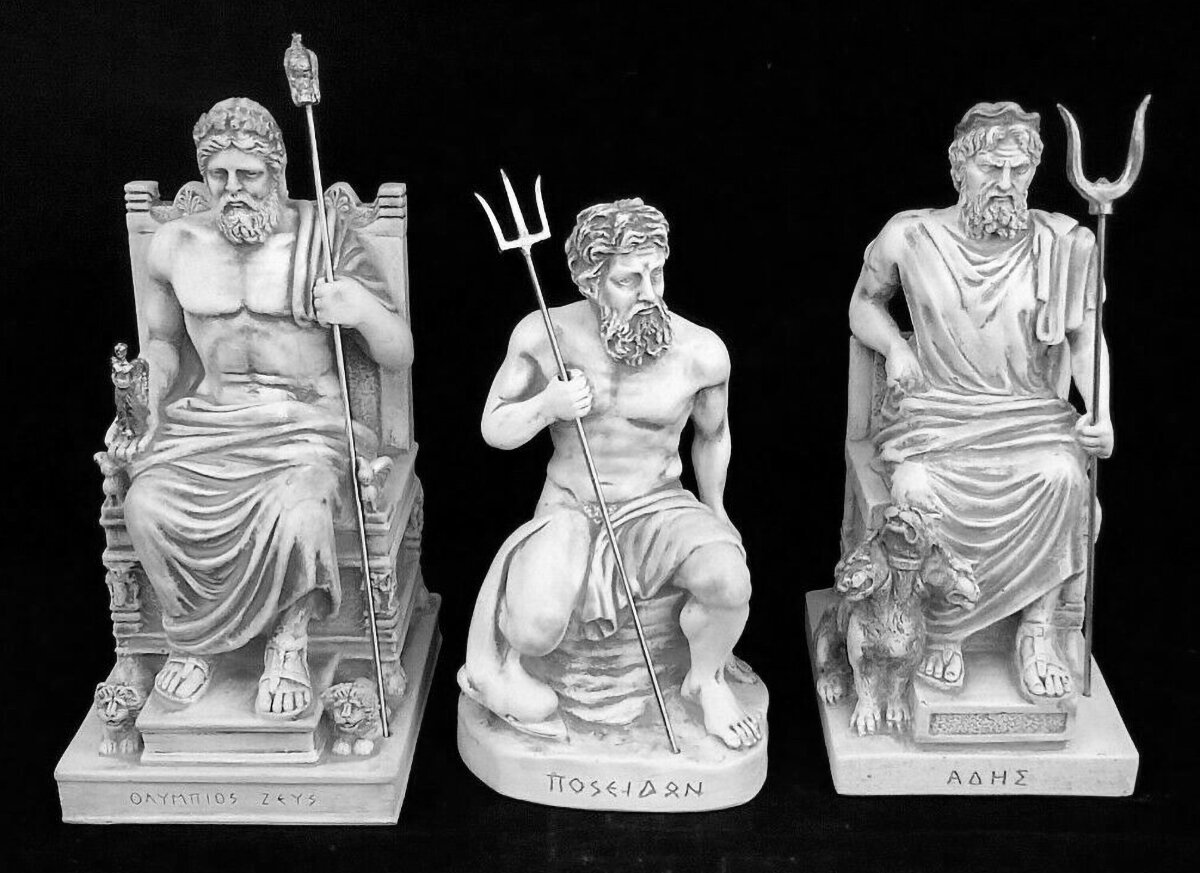
Zeus, Poseidon and Hades : The Verticality of the Greek Gods
Nearly all ancient belief systems are based on the surface, the underground, and the sky in some way. These three concepts represent something primal for humans, and throughout history we’ve attached myriad meanings and stories to the relationship between them. Typically, they’re either represented by an abstract concept or a god. An example of the former is the Christian idea of heaven and hell. An example of the latter is the Ancient Greek gods Zeus and Hades.
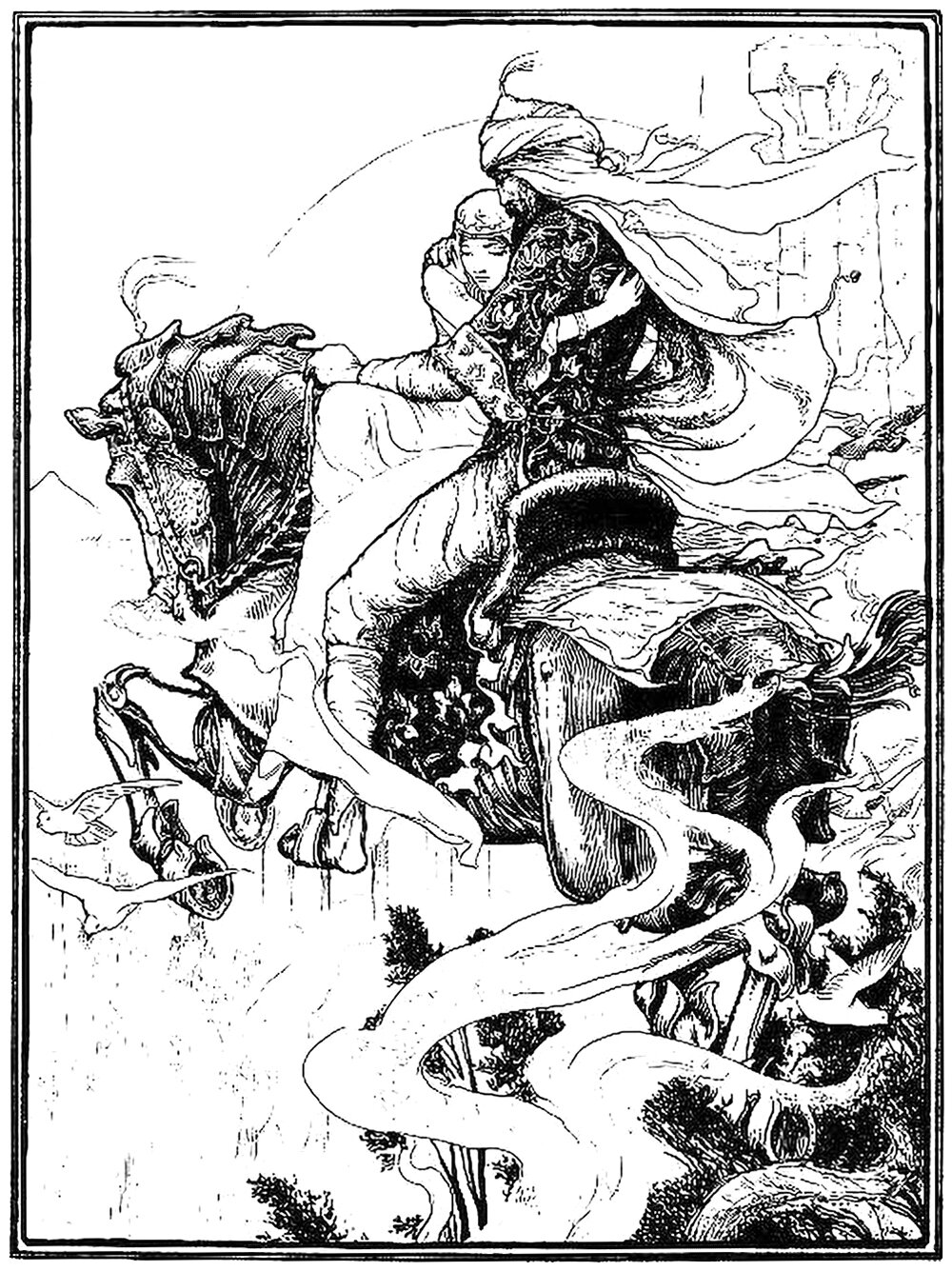
The Tale of the Ebony Horse
Pictured above is an illustration from The Tale of the Ebony Horse, which is a folk tale featured in the Arabian Nights. It tells the story of a mechanical horse that has the ability to fly. Throughout the tale, the horse bestows great power on those who know how to operate it, and it illustrates the power of verticality for the rest of us who cannot fly.

The Myth of Wayland the Smith
Throughout the history of myths and legends, there are myriad stories that are shared or borrowed from earlier sources, then re-named and adjusted for a different culture. Certain themes repeat themselves throughout the ancient world, and those that resonate most effectively will endure over time and evolve alongside the cultures they exist in. The myth of Wayland the Smith is one of these.
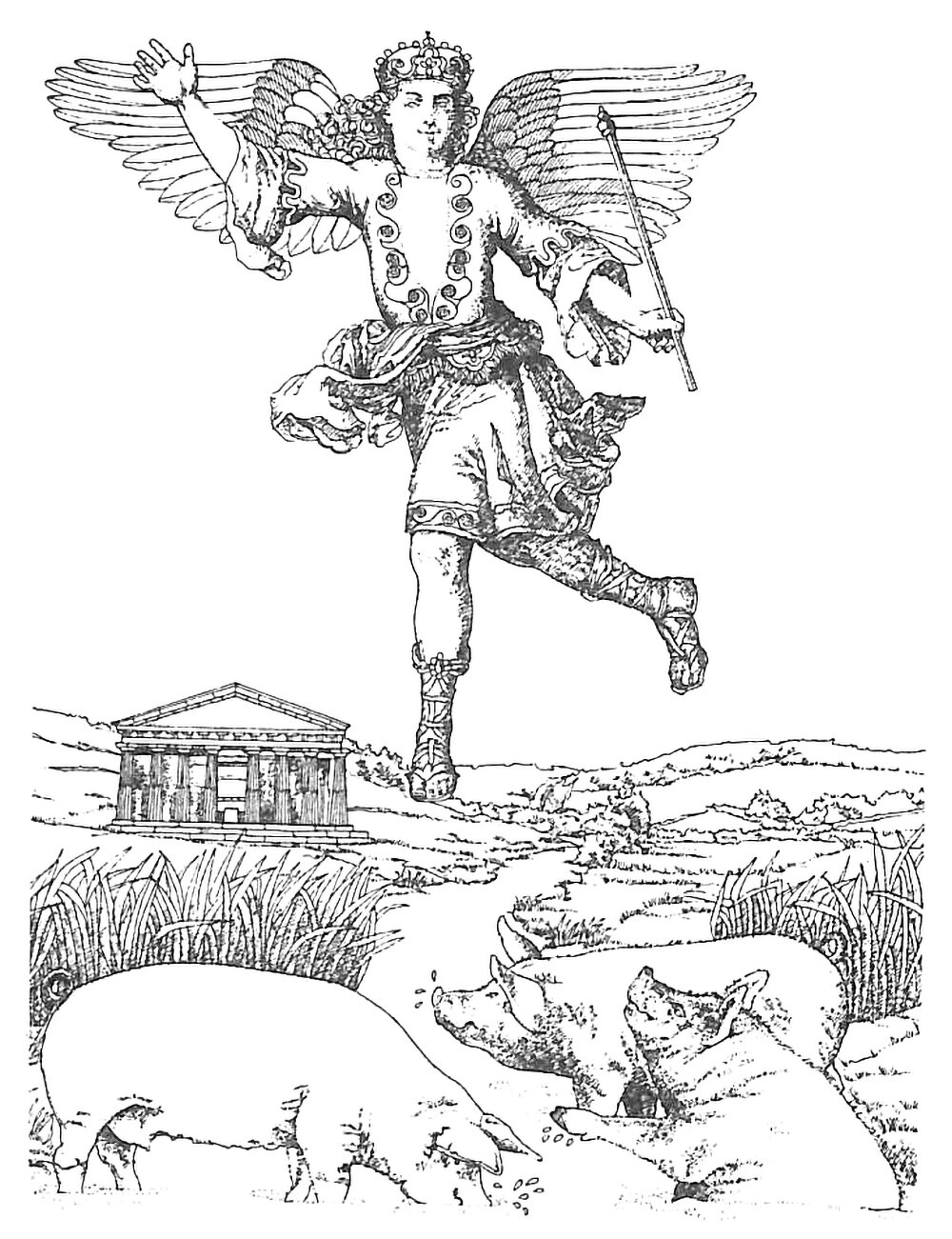
King Bladud and the Myth of the Flying Man
Legends have a way of expanding through time. They exist in the collective consciousness of the people who believe them, and the ones that endure usually grow and evolve alongside the cultures and civilizations they exist in. Take the myth of King Bladud, for example. Over time his story has expanded and endured. This is because he made an attempt to fly.
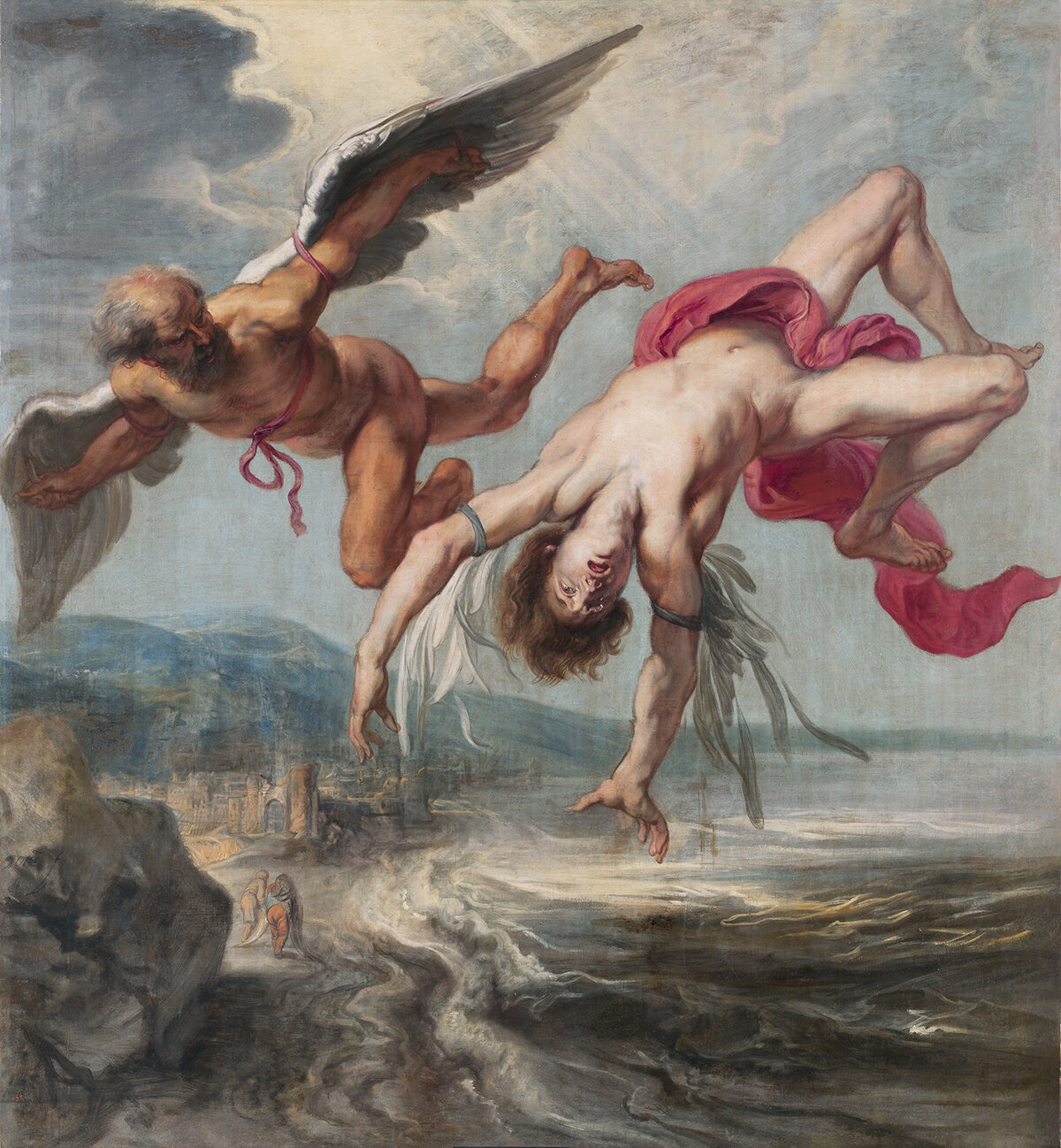
Daedalus and Icarus : A Parable of Human Flight
The oldest and most storied myth of human flight is the Greek myth of Daedalus and Icarus. Any history of flight, if tracked back far enough, will find it’s inception rooted in this timeless tale of youthful hubris. Over the centuries, the name Icarus has become synonymous with over-ambition, and has inspired countless other stories relating to human flight.
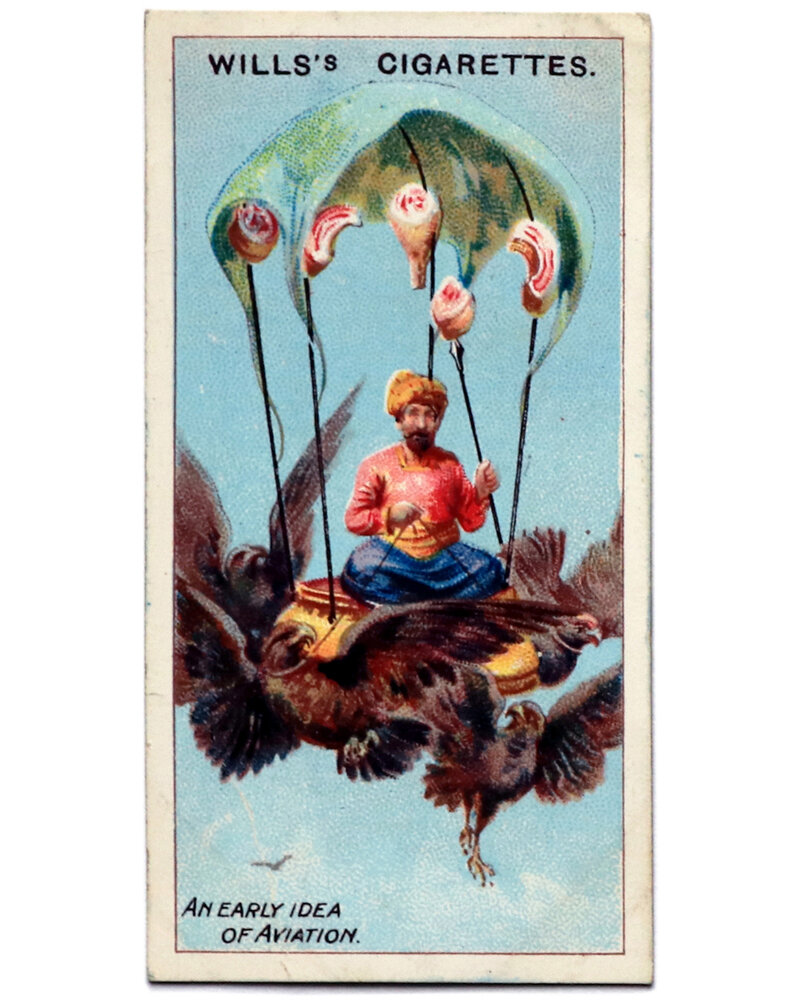
The Flying Throne of Kay Kāvus
The oldest examples of flying machines were the stuff of legends and fairy tales, and the most intriguing ones have endured over time. Pictured above is an illustration of one such tale, showing Kay Kāvus, a mythological Iranian King, and his flying throne. Kāvus was a character from the epic poem Shāhnāmeh, or Book of Kings, which was written circa 975-1010AD by the Persian poet Abul-Qâsem Ferdowsi.
"Never regret thy fall, O Icarus of the fearless flight, For the greatest tragedy of them all, Is never to feel the burning light."
-Attributed to Oscar Wilde, Irish poet and playwright, 1854-1900
